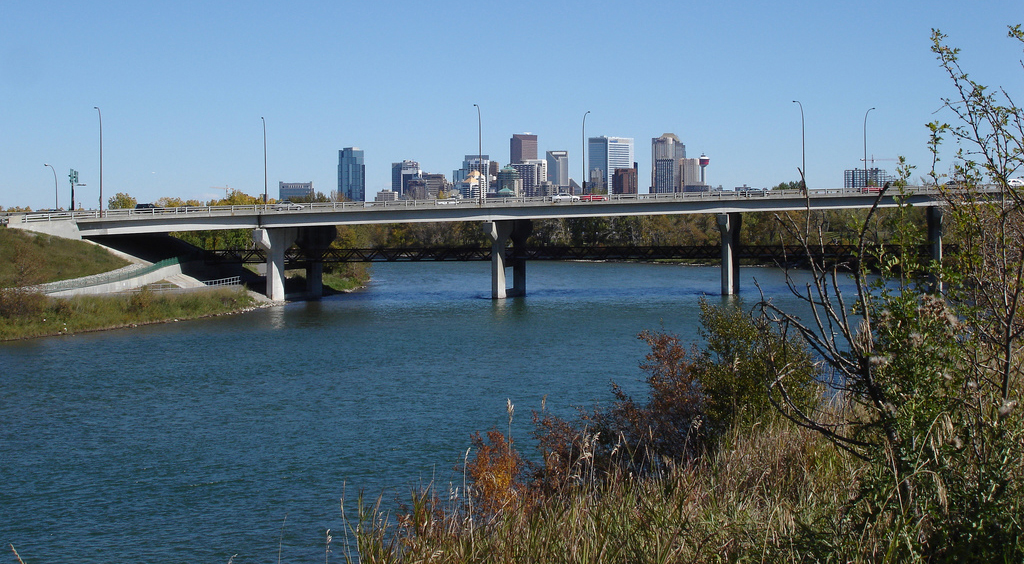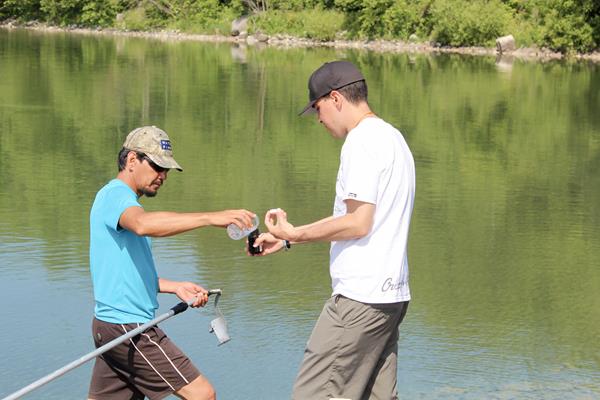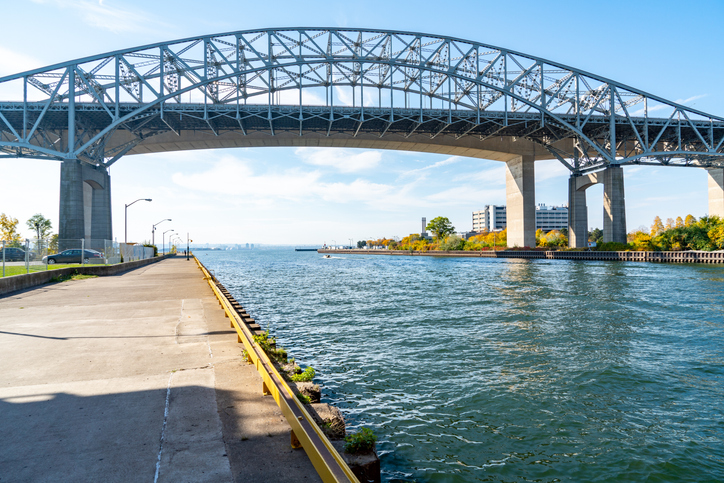The Alberta government is undertaking a five-year, $1.3-million project to continue assessing creosote levels in Calgary’s West Hillhurst community around the Bow River watershed.
The goal of the project is to assess the extent of contamination in the neighbourhood and examine levels throughout the year to determine any seasonal variances.
The most recent monitoring, between 2010 and 2014, did not identify risks to human or aquatic and environmental health. However, the province is funding this long-term project to better understand the scope and nature of the creosote in the community and along the Bow River.
The provincial cgovernment’s website describes creosote as “made up of a variety of chemical compounds that mostly do not dissolve in water. A small portion of the compounds are lighter than water and sit on top of the water table. A larger portion of the compounds are denser than water and settle and move along the bedrock by gravity.”
A report released in March 2014 found that “concentrations of naphthalene and methylnaphthalene [coal-tar compounds found in creosote] were significantly higher in recent years (2011, 2012) downstream from the Canada Creosote site, compared to the period immediately after site containment (1996-2002).” The historical site project of the Canada Creosote Plant saw the carcinogen enter the Bow River waterways, and the MArch 2014 findings considered that the increase in contaminant levels downstream may be related to “higher than average flows recorded in the Bow River in recent years.”
For more than 40 years, until the mid-1960s, the Canada Creosote Plant operated on the south side of the Bow River in Calgary. In the early 1990s, environmental monitoring determined that contamination had migrated under the Bow River into the community of West Hillhurst. A containment wall was put in place between 1995 and 1996 to prevent further migration of creosote into the Bow River.
The first year of monitoring will involve sampling from the existing network of sampling sites in the community. Alberta Environment and Parks staff have outlined the scope of the project to residents in the community, as well as to officials with the City of Calgary and Alberta Health.
The government anticipates the first report will be available in mid-2018. The results will be posted on the Environment and Parks website. More information can be found on the province’s website. Specific information about the West Hillhurt community is available here.









